AO Edited
USNO Master Clock
The most accurate timepiece in the world.
It may not look like much, but this little display outside the U.S. Naval Observatory in Washington, D.C. is the Master Clock, an incredibly important but little-known cyber system that’s maintained by the USNO’s Time Service Department. Even if you’ve never heard of it, chances are that you use its data throughout the day.
The Master Clock is critical to much of the world’s communications, financial, and scientific infrastructure. Mundane parts of daily life like computer clocks and GPS wouldn’t work without its precise timekeeping services.
In the case of GPS, the Master Clock helps carefully measure the travel time of electromagnetic signals between satellites and Earth. Since time is space and space is time, you can’t know one without measuring the other: When you fire up Google Maps to determine your location “an accuracy of 10 nanoseconds (10 one-billionths of a second) corresponds to a position accuracy of 10 feet,” according to the Naval Observatory.
The Master Clock isn’t just one timepiece, it’s actually derived from an “intelligent average” of dozens of separate atomic clocks, including Cesiums, Cavity-Tuned Masers and Rubidium Fountains. Each of these types of clocks measures time a little differently and come with their own strengths and weaknesses. Combining that data, the Master Clock is, as the Time Service Department’s chief scientist Demetrios Matsakis told Motherboard, “the most precise continuously operating system ever constructed to measure anything.”
Know Before You Go
The Naval Observatory is closed to the public, but you can see the Master Clock time on a large digital display outside the front gate.


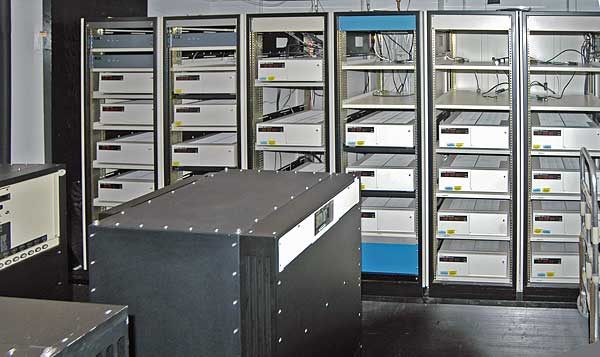


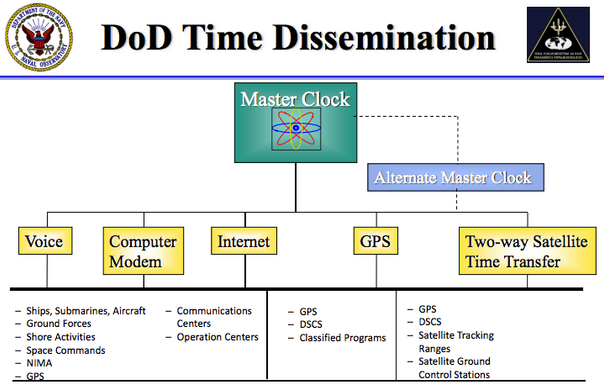









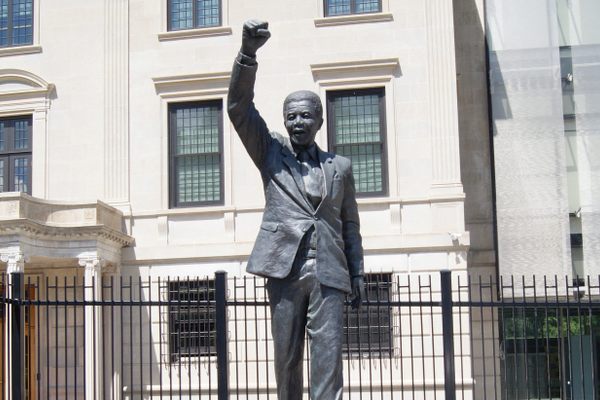

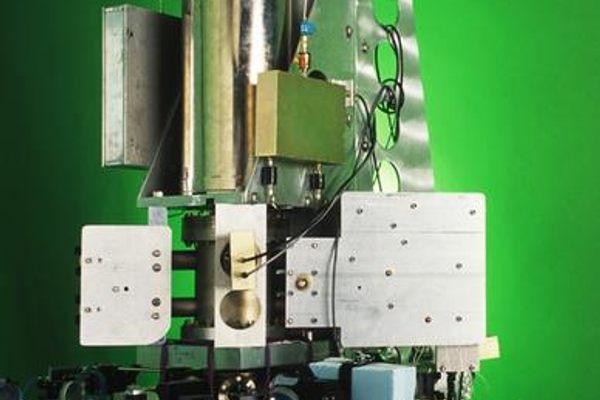
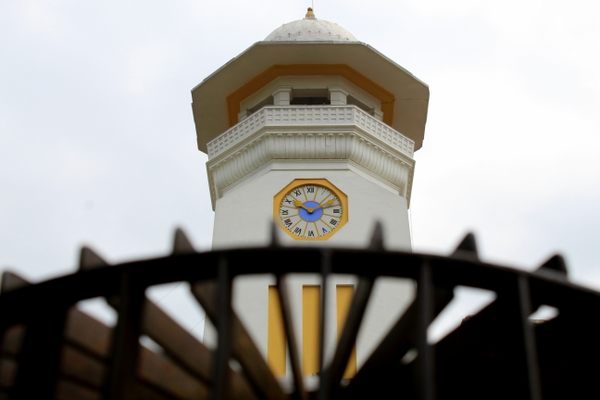



Follow us on Twitter to get the latest on the world's hidden wonders.
Like us on Facebook to get the latest on the world's hidden wonders.
Follow us on Twitter Like us on Facebook